
I caught up with Mark Schneider, Advisory Product Manager here at SAS, about the future of SAS Grid and SAS Viya.

I caught up with Mark Schneider, Advisory Product Manager here at SAS, about the future of SAS Grid and SAS Viya.
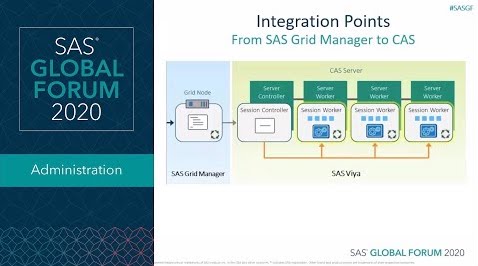
Because SAS Viya provides distributed computing capabilities, customers wonder how it compares to SAS Grid Manager. SAS® Grid Manager and SAS® Viya® implement distributed computing according to different computational patterns.
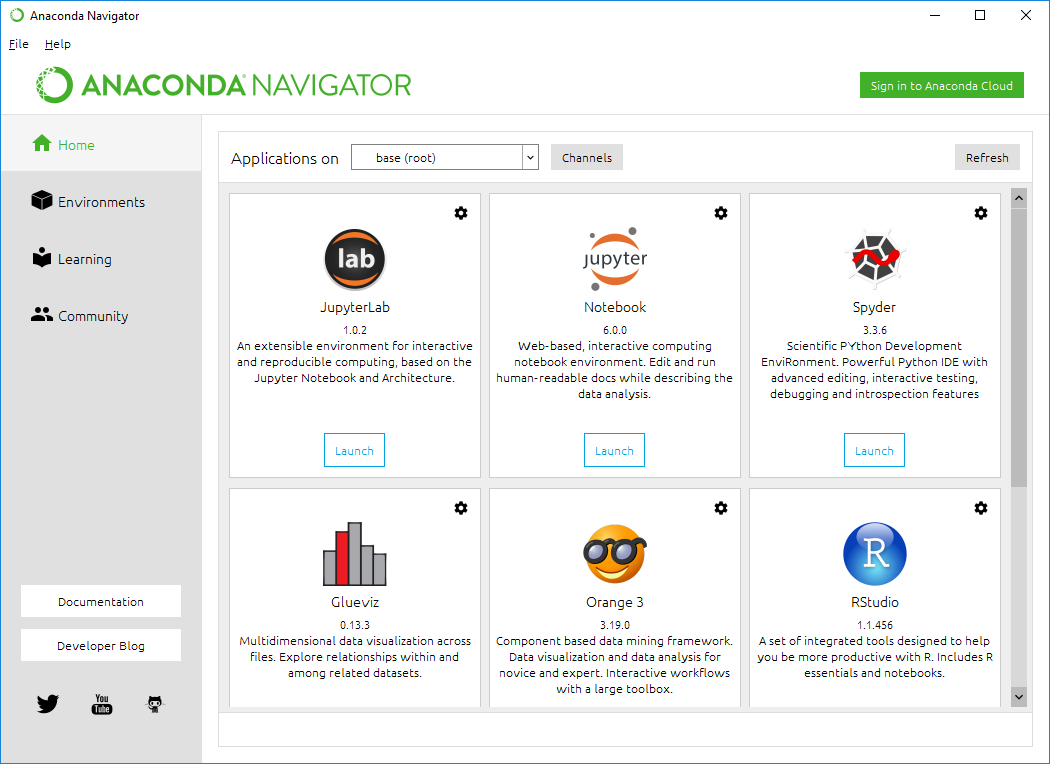
One of the features of SAS Grid Manager (and SAS Grid Manager for Platform) introduced in SAS 9.4 M6 is the capability for the grid provider software to handle open-source workloads in addition to traditional SAS jobs. In this post, we’ll take a look at the steps required to get your SAS Grid Manager environment set up to utilize this functionality, and we’ll demonstrate the process of submitting Python code for execution in the SAS Grid.

You'll notice several changes in SAS Grid Manager with the release of SAS 9.4M6. This post gives a brief architectural description of the new SAS grid provider, including all major components and their role.

Migration, version road maps and configurations were the themes of several questions that came up in a recent webinar about combining SAS Grid Manager and SAS Viya. This blog post gives the answers.

To make it easy to identify non-value adding areas, you can build a simple application using SAS® Visual Analytics software. Such an application lets you point and click your way through the organization’s forecasting hierarchy, and at each point view performance of the Naïve, Manual, Statistical, and Automated forecasts (or

SAS® Viya™ 3.1 represents the third generation of high performance computing from SAS. Our journey started a long time ago and, along the way, we have introduced a number of high performance technologies into the SAS software platform: In-Database processing where SAS data quality and analytical processing occur within the
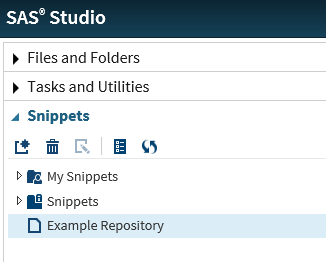
We have seen in a previous post of this series how to configure SAS Studio to better manage user preferences in SAS Grid environments. There are additional settings that an administrator can leverage to properly configure a multi-user environment; as you may imagine, these options deserve special considerations when SAS Studio
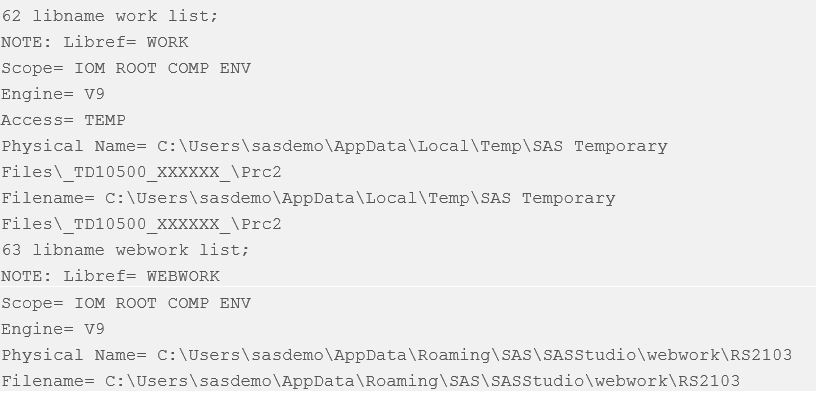
In a previous blog about SAS Studio I’ve briefly introduced the concept of using the Webwork library instead of the default Work. I also suggested, in SAS Global Forum 2016 paper, Deep Dive with SAS Studio into SAS Grid Manager 9.4, to save intermediate results in the Webwork library, because
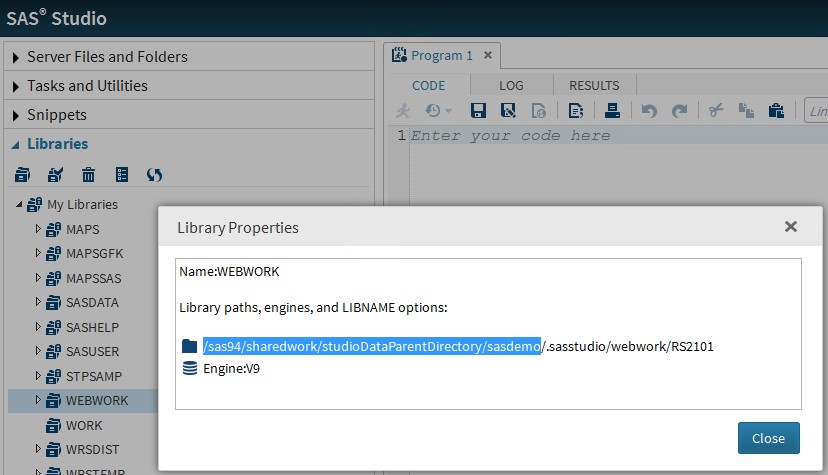
In a previous blog post I explained how end users should code and use shared locations for SAS artifacts, to avoid issues in a SAS Grid Manager environment. Still, they could still fall in some sharing issues, which could have very obscure manifestations. For example, users opening SAS studio might notice

New default parameter values for Platform Suite for SAS Sometimes, when your kids grow older, they change their habits and you don’t recognize their behaviors any more. “We play this game every year at the beach. Don’t you like it anymore?” you ask. “Dad, I’m not seven years old any

I recently received a call from a colleague that is using parallel processing in a grid environment; he lamented that SAS Enterprise Guide did not show in the work library any of the tables that were successfully created in his project. The issue was very clear in my mind, but

As another year goes by, many people think about new year’s resolutions. It’s probably the third year in row that I’ve promised myself I’d start exercising in the fabulous SAS gym. Of course, I blame the recently concluded holiday season. With all the food-focused events, I couldn’t resist, ate way
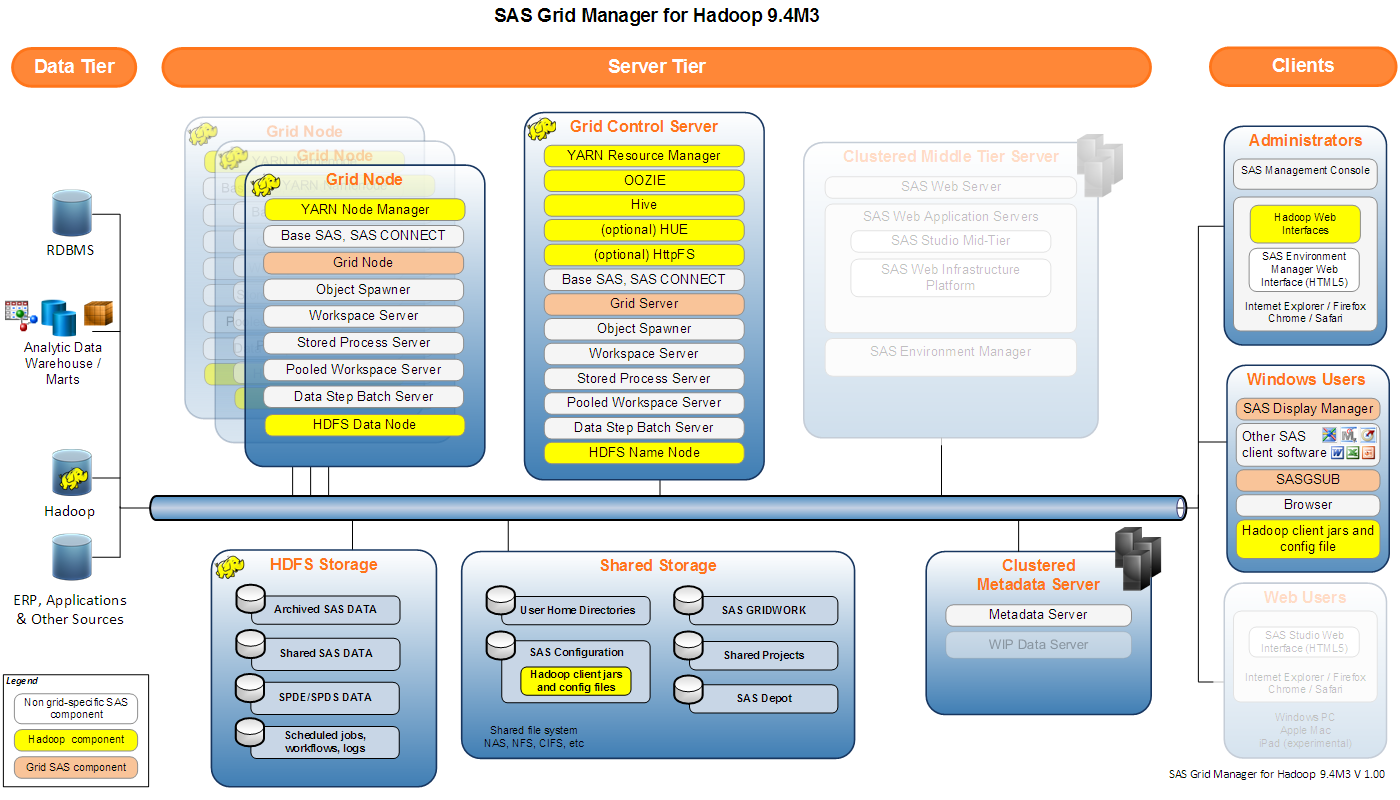
SAS Grid Manager for Hadoop is a brand new product released with SAS 9.4M3 this summer. It gives you the ability to co-locate your SAS Grid jobs on your Hadoop data nodes to let you further leverage your investment in your Hadoop infrastructure. This is possible because SAS Grid Manager

If you have, or are considering, SAS Grid Manager, you’ll be excited to hear about two new changes to the product that make it even better for managing and processing in your analytics environment. The two changes were made in conjunction with the release of SAS 9.4M3 in July, and

As discussed in the last BFD post, sometimes a difficult and expensive problem doesn't have to be solved -- it can simply be avoided. When the teetering boulder threatened the baby below the cliff, we removed the baby and no longer had to worry about propping up the boulder. When it